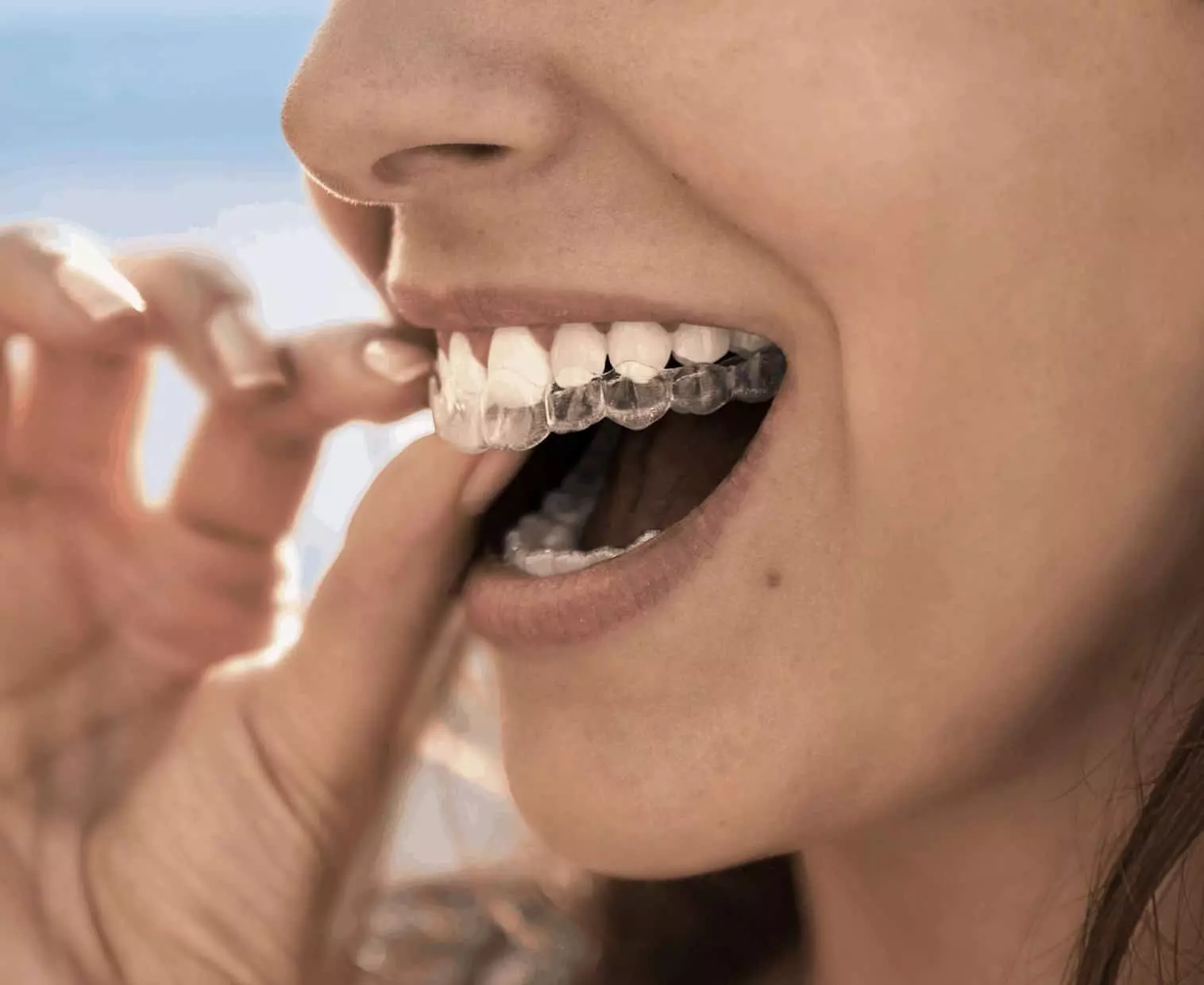Are you struggling with missing or damaged teeth that impact your daily life? Dental implants…

The Science Behind Teeth Whitening: What You Need to Know
Teeth whitening has evolved from being a luxury treatment to a common practice for many seeking brighter smiles. While the end results are often celebrated, understanding the science behind teeth whitening can help you make informed decisions about the best methods to use. In this article, we will delve into the composition of teeth, how stains accumulate, the role of peroxide-based bleaching agents, differences between over-the-counter (OTC) and professional whitening methods, potential side effects, and the longevity of whitening effects.
Understanding the Composition of Teeth and How Stains Accumulate
Teeth are composed of multiple layers. The outermost layer, the enamel, is a hard, mineralised surface that protects the softer dentin beneath it. The enamel is porous, containing microscopic pores that can absorb stains from various substances.
Common Causes of Tooth Staining
- Food and Drink: Coffee, tea, red wine, and berries are common culprits that can cause extrinsic stains on the enamel.
- Tobacco Use: Smoking or chewing tobacco can lead to stubborn stains due to the tar and nicotine.
- Poor Oral Hygiene: Inadequate brushing and flossing can allow plaque to build up, leading to discolouration.
- Ageing: As we age, the enamel wears down, revealing the yellowish dentin layer underneath.
- Medications: Certain medications, such as antibiotics like tetracycline, can cause intrinsic staining during tooth development.
The Role of Peroxide-Based Bleaching Agents in Whitening
The primary agents used in teeth whitening are hydrogen peroxide and carbamide peroxide. These agents work as bleaching agents by breaking down stains into smaller molecules, making them less concentrated and thus less visible.
How Peroxide-Based Bleaching Works
- Application: The bleaching agent is applied to the teeth, either directly or via a whitening tray.
- Penetration: The peroxide penetrates the enamel to reach the discoloured molecules within the tooth.
- Oxidation: The peroxide reacts with the stains in an oxidation process, breaking them down into smaller, colourless molecules.
- Whitening Effect: The breakdown of these molecules results in a visible lightening of the teeth.
Differences Between Over-the-Counter and Professional Whitening Methods
Over-the-Counter (OTC) Whitening
- Accessibility: Easily available at pharmacies and supermarkets.
- Cost: Generally more affordable than professional treatments.
- Concentration: Lower concentration of bleaching agents (usually around 3-10% hydrogen peroxide).
- Convenience: Can be done at home at your own pace.
- Examples: Whitening strips, gels, and toothpaste.
Professional Whitening
- Supervision: Conducted under the supervision of a dental professional.
- Concentration: Higher concentration of bleaching agents (up to 40% hydrogen peroxide).
- Customisation: Tailored to the individual’s dental condition for optimal results.
- Speed: Often provides faster and more dramatic results.
- Safety: Reduced risk of side effects due to professional oversight.
Potential Side Effects and How to Minimise Them
While teeth whitening is generally safe, some individuals may experience side effects. The most common side effects include:
- Tooth Sensitivity: This occurs when the peroxide penetrates the enamel and irritates the nerve endings in the dentin.
- Gum Irritation: The bleaching agents can sometimes cause irritation or burns to the gums if they come into contact.
Minimising Side Effects
- Use Desensitising Products: Toothpaste containing potassium nitrate or fluoride can help reduce sensitivity.
- Follow Instructions: Adhere strictly to the usage guidelines provided with OTC products.
- Consult a Professional: For severe sensitivity or gum irritation, consult a dental professional.
- Avoid Overuse: Do not exceed the recommended frequency of treatments.
The Longevity of Whitening Effects and How to Maintain Them
The longevity of teeth whitening results varies depending on individual habits and the method used. On average, professional whitening results can last between several months to three years, whereas OTC methods may require more frequent touch-ups.
Tips to Maintain Whitening Results
- Good Oral Hygiene: Brush twice daily and floss regularly to prevent plaque buildup.
- Avoid Staining Substances: Limit intake of foods and drinks that cause staining.
- Regular Dental Check-ups: Routine visits to the dentist can help maintain oral health and whiteness.
- Touch-up Treatments: Use touch-up kits as recommended by your dentist to maintain results.
In conclusion, understanding the science behind teeth whitening can empower you to choose the most effective and safe method for achieving a brighter smile. Whether opting for OTC products or professional treatments, being informed helps you navigate the options and achieve lasting results. For those looking to dive deeper into professional vs. OTC whitening, consult with your dentist to explore the best strategies tailored to your needs.
Targeting keywords like “Teeth Whitening Science” and “Professional vs. OTC Whitening” can help optimise this article for search engines, ensuring it reaches those keen to learn more about teeth whitening.
By staying informed and proactive, you can enjoy a whiter, more radiant smile with confidence.




This Post Has 0 Comments